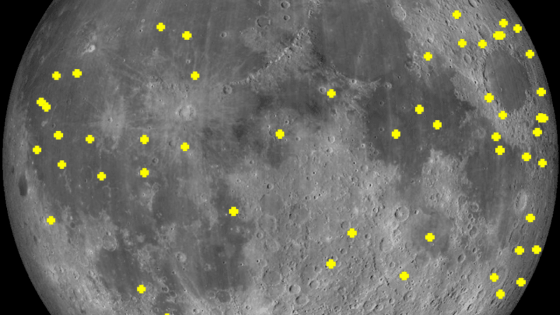A recent analysis reveals that Uranus emits more heat than it receives from the Sun, a significant finding in planetary science. This new insight, published on July 20, 2025, resolves a long-standing mystery first noted during Voyager 2’s flyby in 1986.
- Uranus emits 12.5% more heat than received.
- Voyager 2's findings were previously inconsistent.
- New studies resolve long-standing heat puzzle.
- Future missions to Uranus are encouraged.
- Internal structure of Uranus remains unclear.
- Research published in Geophysical Research Letters.
Two independent research teams have confirmed that Uranus emits approximately 12.5% more heat than it absorbs. This contradicts earlier observations and aligns with recent findings from a team led by Patrick Irwin at the University of Oxford.
This discovery raises intriguing questions about Uranus’s internal structure and evolutionary history. Why does Uranus differ so significantly from its giant counterparts like Jupiter and Saturn?
- Uranus emits less heat than Jupiter (113%) and Saturn (139%).
- Neptune, despite being farther from the Sun, emits even more heat (162%).
- Previous data may have misrepresented Uranus’s typical state due to elevated solar activity during Voyager 2’s flyby.
As scientists push for a flagship mission to Uranus, the potential for groundbreaking discoveries about this ice giant continues to grow. Will we finally unlock the secrets of Uranus’s unique characteristics?

































